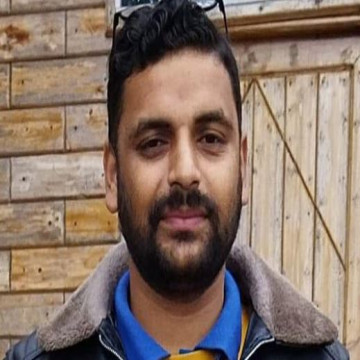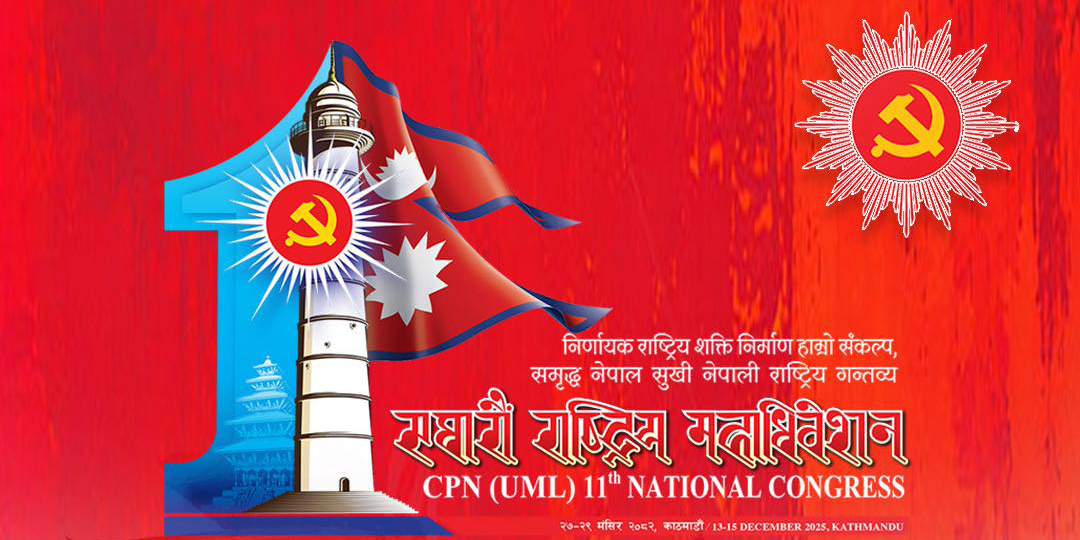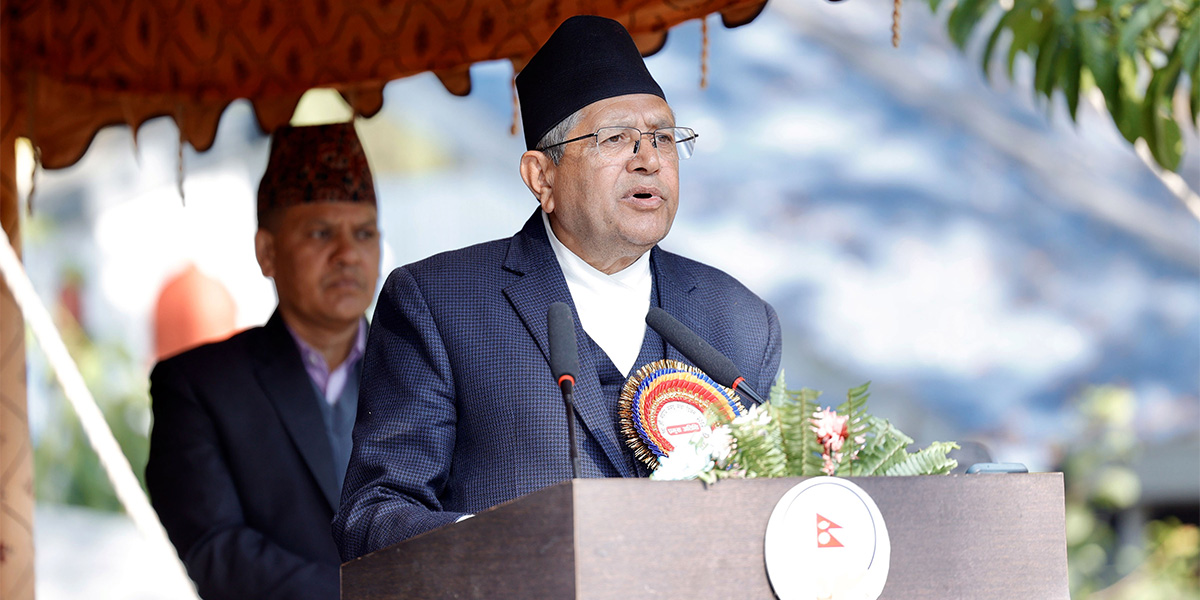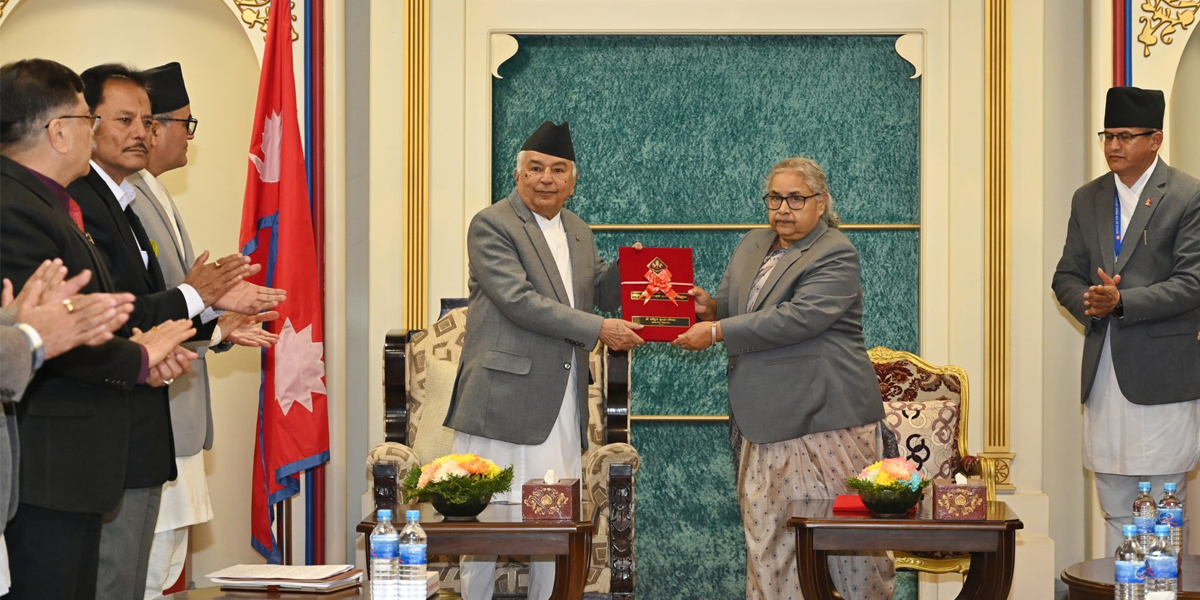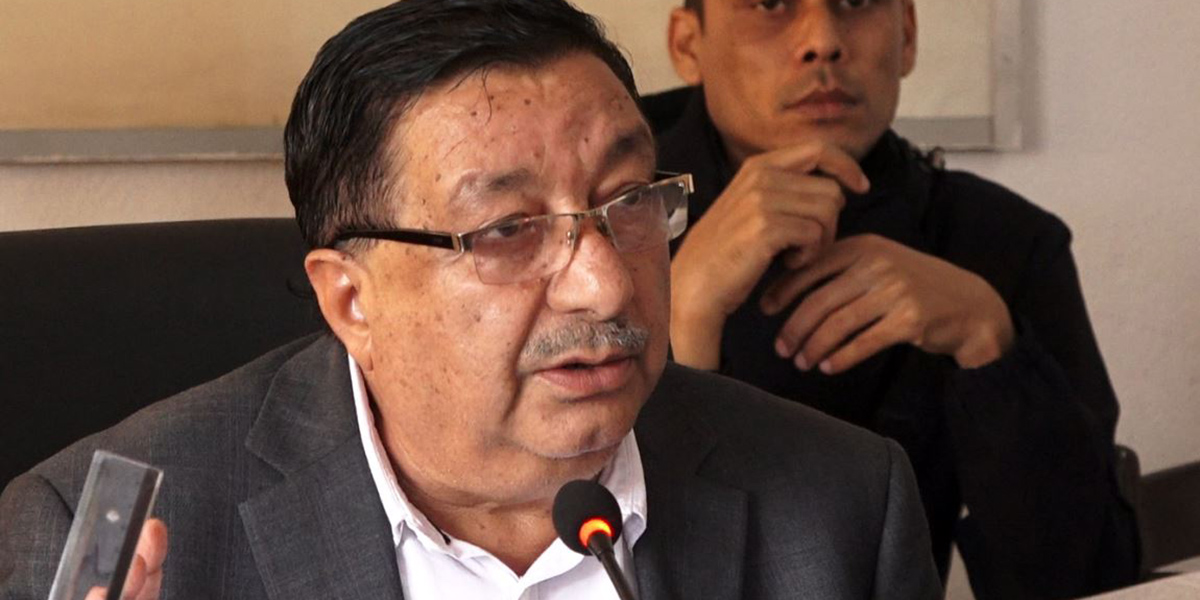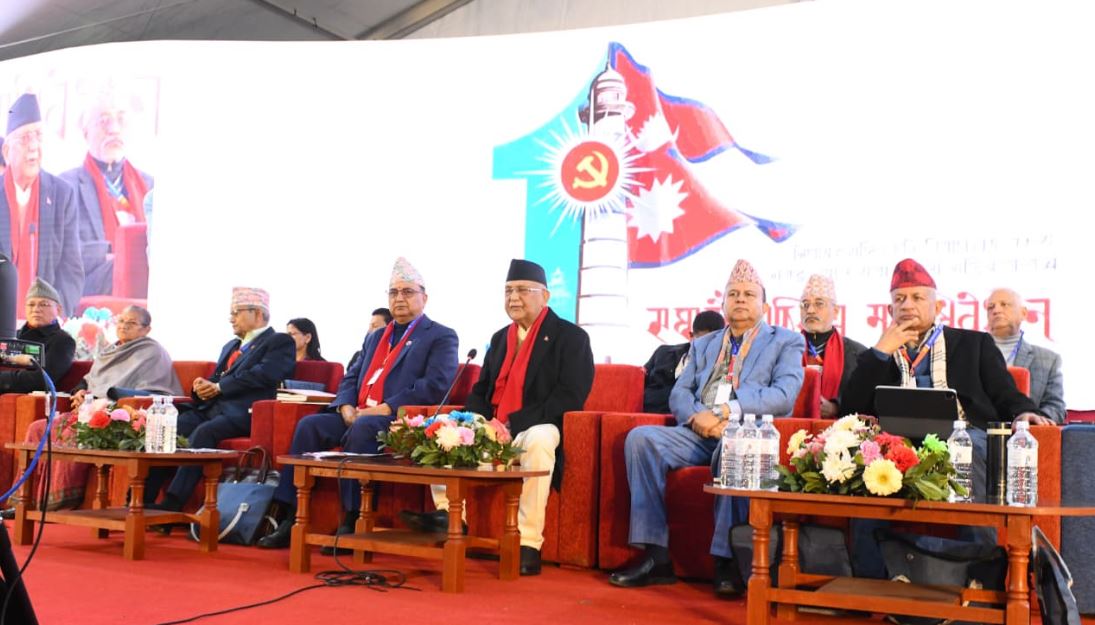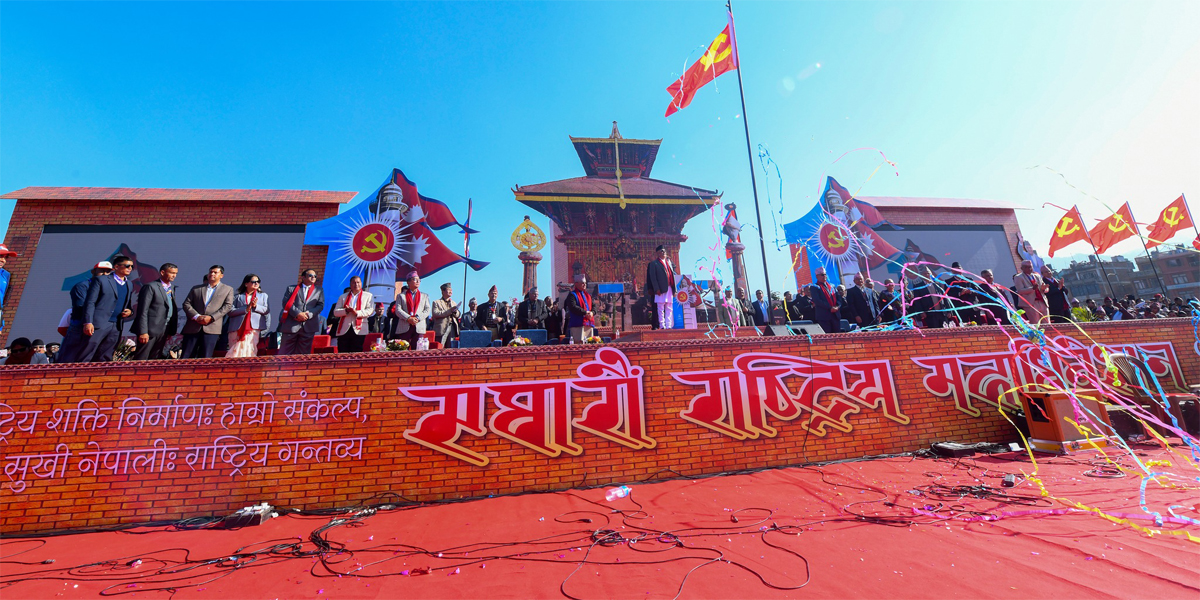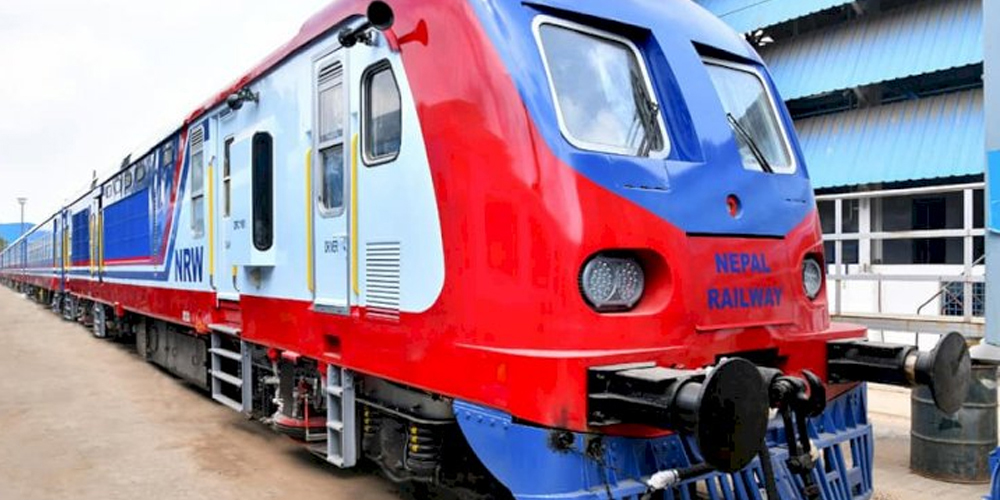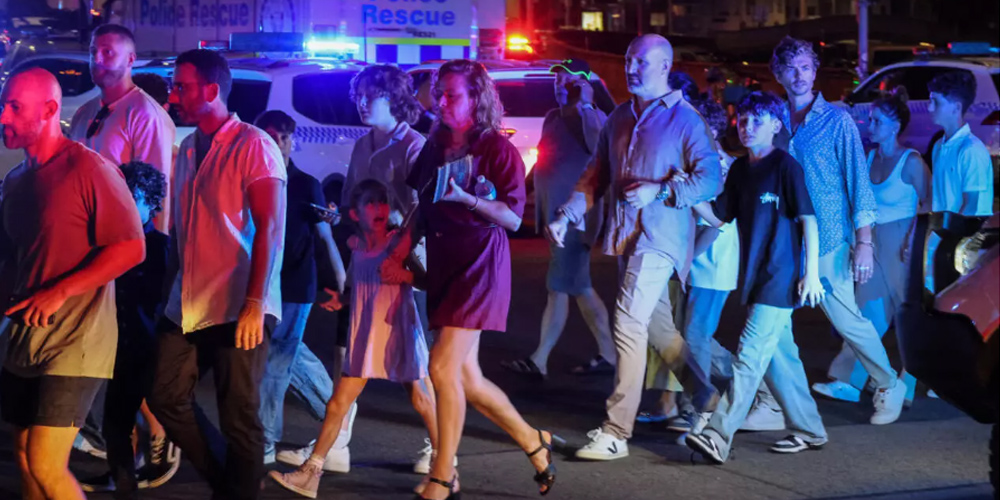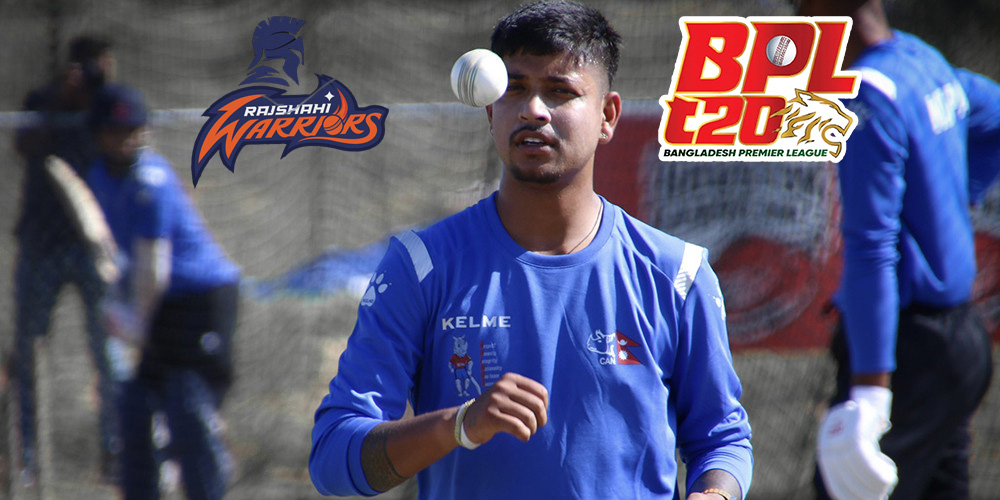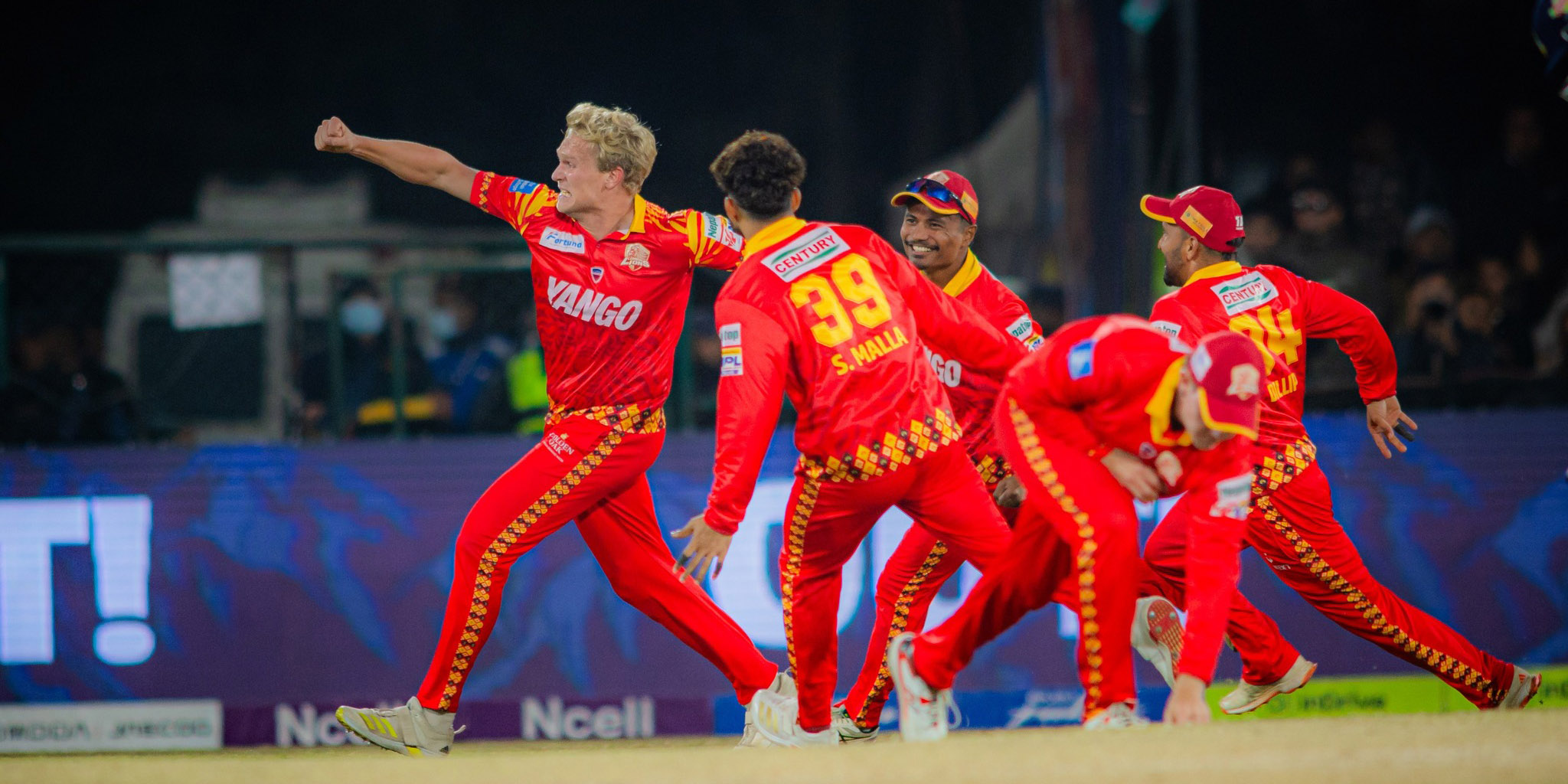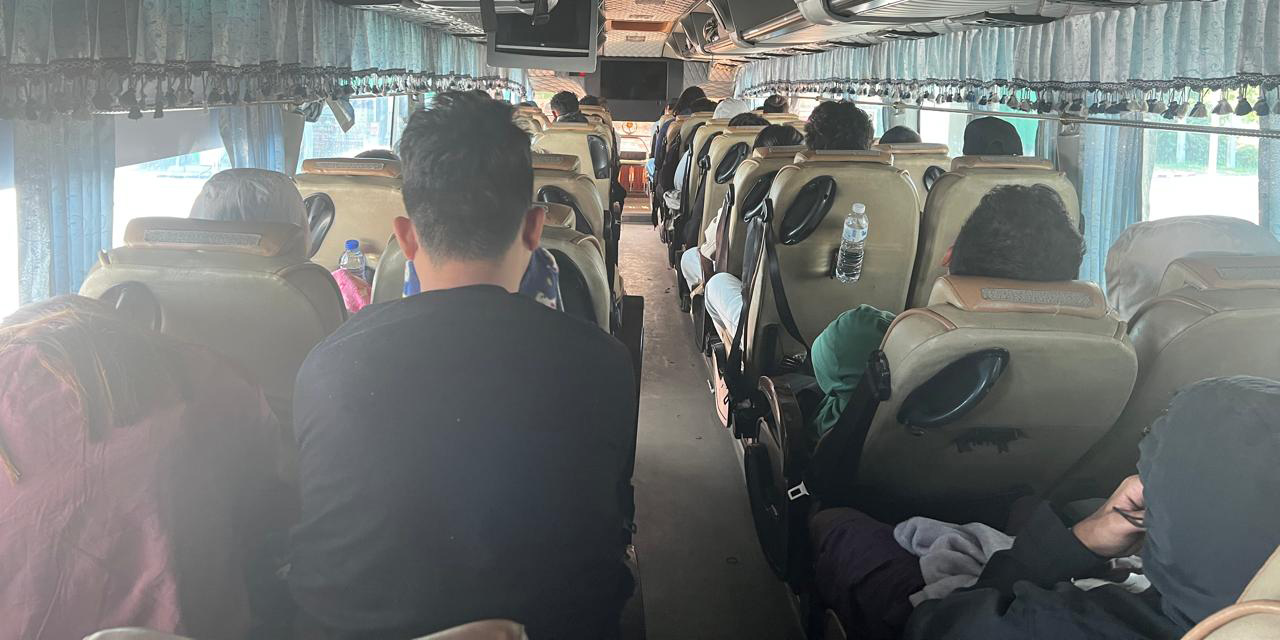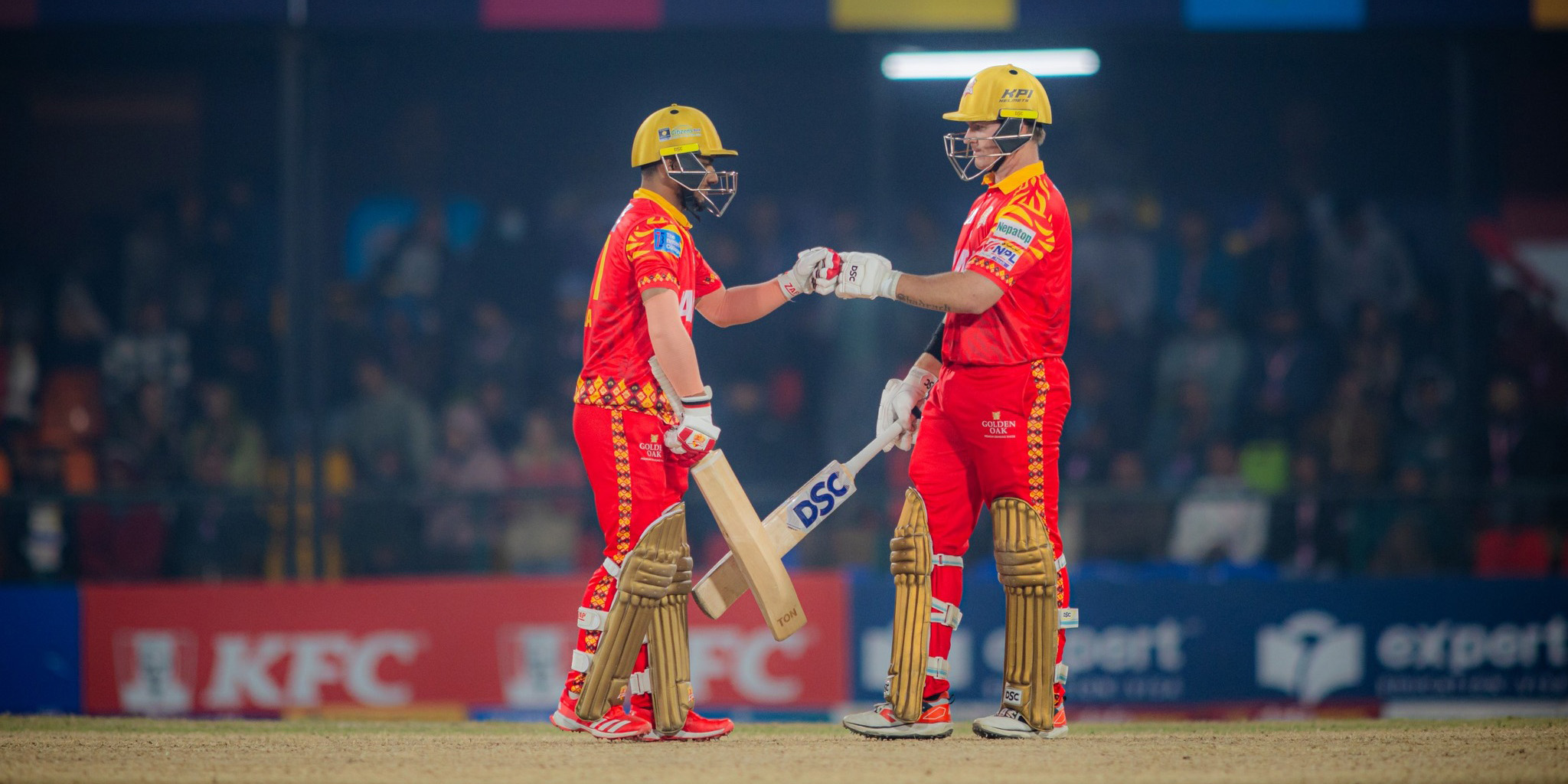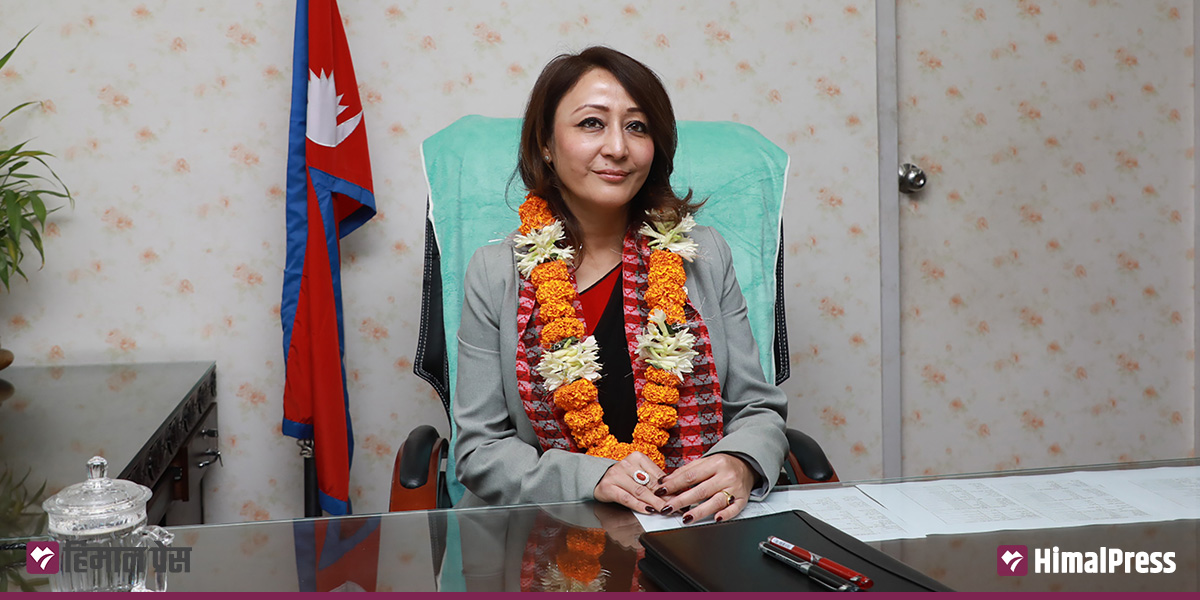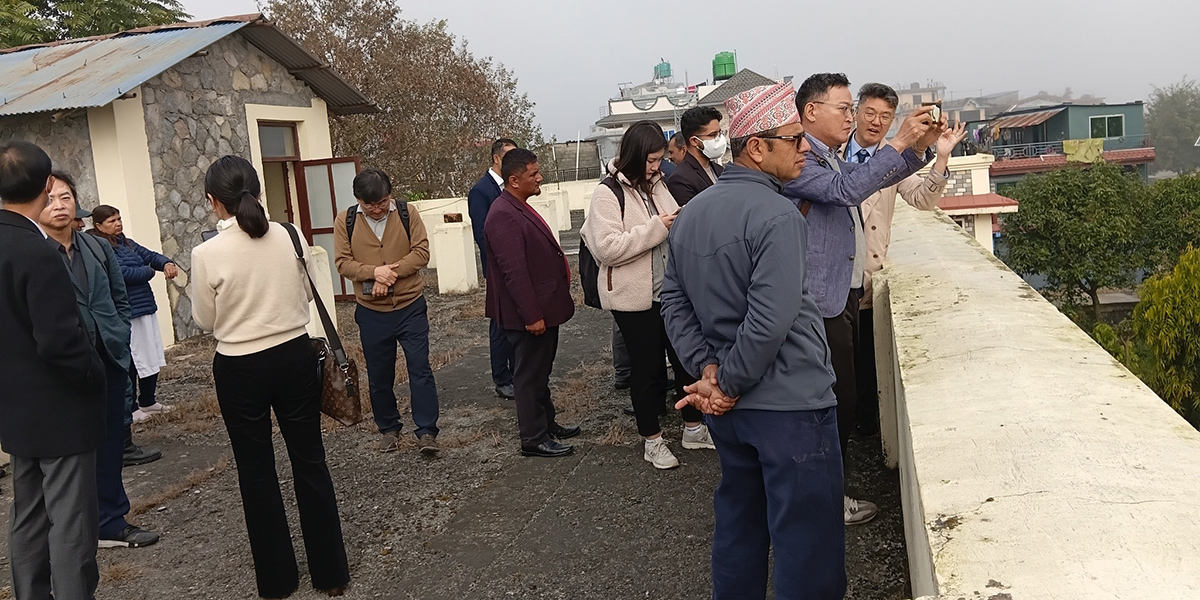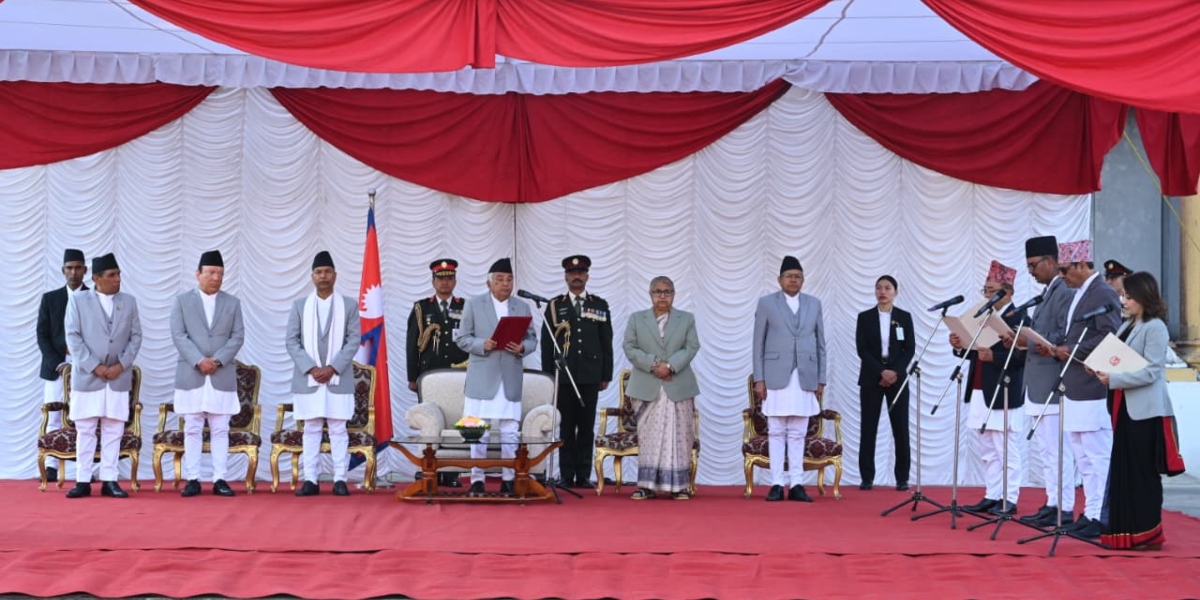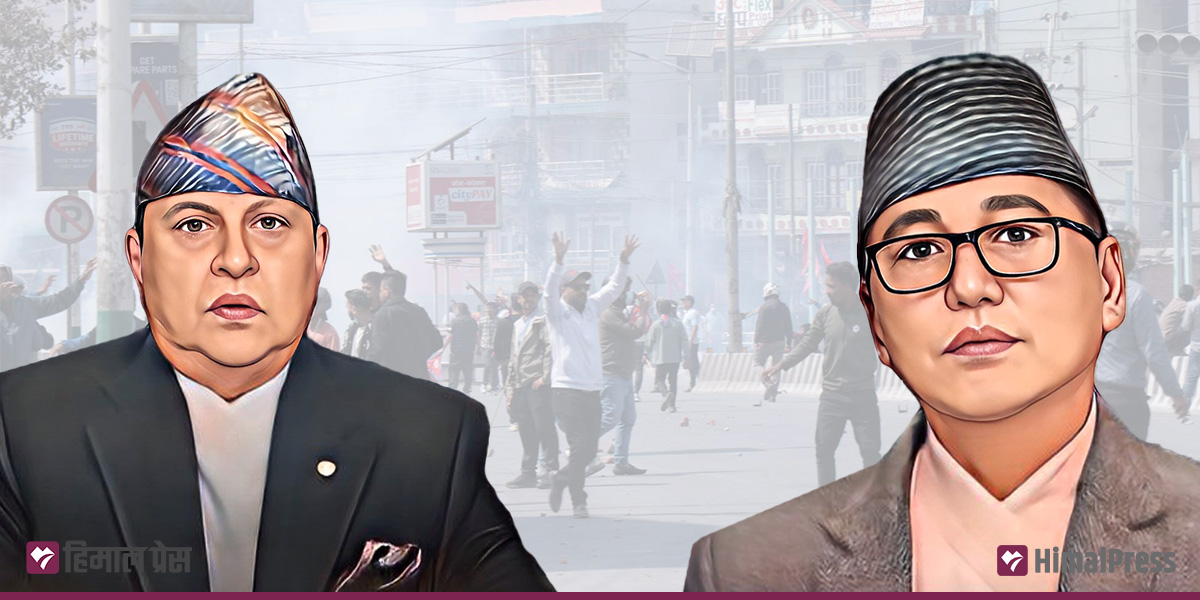
KATHMANDU: The violent protests in Kathmandu have left pro-monarchy forces in Nepal deeply divided and uncertain about their next steps. The incident at Tinkune, which claimed two lives, has triggered a crisis of accountability among royalist factions, particularly the Rastriya Prajatantra Party (RPP) and RPP Nepal. Neither party has been willing to fully claim responsibility for the demonstration, reflecting internal confusion and leadership struggles within the royalist movement.
A senior RPP leader admitted that the party can neither fully accept responsibility nor entirely deny its involvement. As a result, both parties have deflected blame onto the government, accusing state mechanisms of failing to prevent the escalation.
The RPP, the larger of the two parties, finds itself in an especially precarious position. Having already announced plans for demonstrations on April 8 and April 20, the party now faces the challenge of maintaining momentum and public support following the violent turn of events.
The protests, initially organized by the “Joint People’s Movement Committee for the Restoration of Monarchy” under the leadership of former Panchayat-era figure Nawaraj Subedi, had the moral backing of both RPP and RPP Nepal. However, the absence of direct leadership from either party’s top figures—RPP Chairman Rajendra Lingden and RPP Nepal’s Kamal Thapa—highlighted their reluctance to take ownership of the movement. Subedi, now under house arrest, and his associate, Durga Prasai, have emerged as key figures in the royalist protests, with support from former King Gyanendra Shah. Yet, no official statement has come from the ex-king.
Lingden, in particular, has been vocal in condemning the government’s role, alleging that security forces deliberately provoked violence by firing bullets and expired tear gas from rooftops. “The police have the authority to arrest anyone who creates unrest during a demonstration. It is also the government’s responsibility to maintain security there. But failing to arrest those who make mistakes and instead firing bullets and tear gas in a planned manner from the roofs of private houses—isn’t that premeditated?” Lingden said after a party meeting on Saturday. He also clarified that while the RPP morally supported the Tinkune protest, the party does not condone violence and aims to keep its upcoming demonstrations peaceful.
Lingden further defended detained RPP leaders Rabindra Mishra and lawmaker Dhawal Shamsher Rana, arguing that any investigation should focus on whether they incited unrest rather than presuming their guilt.
The RPP appears to be grappling with confusion over how to sustain public support for the monarchy amid such unrest. Although the RPP is the largest party among the royalist factions, Lingden has not taken the lead in the movement. A former student politician who entered mainstream politics, Lingden is considered by observers to be the most suitable figure to spearhead the campaign to restore the monarchy. Yet, he has not participated in the protests, nor has Kamal Thapa. Instead, the ongoing royalist movement is being driven by factions outside the RPP and RPP Nepal, even though leaders from both parties are involved.
While both RPP factions have offered moral support to the movement, neither has officially endorsed the protests. This explains why the chairpersons of both parties did not attend Friday’s protests. Both Lingden and Thapa were willing to lead the protests themselves but failed to get the former king’s nod. Disputed businessperson Durga Prasai was tasked with mobilizing activists and the public on Friday, a decision that dissatisfied Lingden and Thapa. Prasai had previously taken jabs at both leaders, claiming during a public event that it was impossible for the RPP to lead a successful movement to restore the monarchy.
Lingden had long maintained close ties with Nirmal Niwas, the residence of former King Gyanendra. However, it was Prasai who facilitated the former king’s participation at an event near the Mechi River last year. On Thursday, ahead of Friday’s protests, Prasai met Shah at his residence. According to observers, Lingden and Thapa feel sidelined as Prasai has strengthened his ties with Nirmal Niwas.
RPP sources indicate that Lingden was unhappy with Dhawal and Mishra’s participation in the movement. However, he issued a 24-hour ultimatum to the government for their release. Some RPP leaders believe that Lingden’s flexibility reflects the influence of Nirmal Niwas.
“The chairman wanted to lead the movement himself but couldn’t,” said an RPP leader. “He may not be in a position to take responsibility for the violence, but he had no choice but to demand the release of those arrested.”

